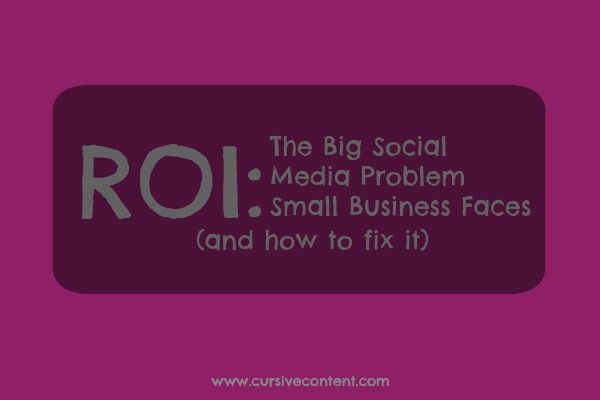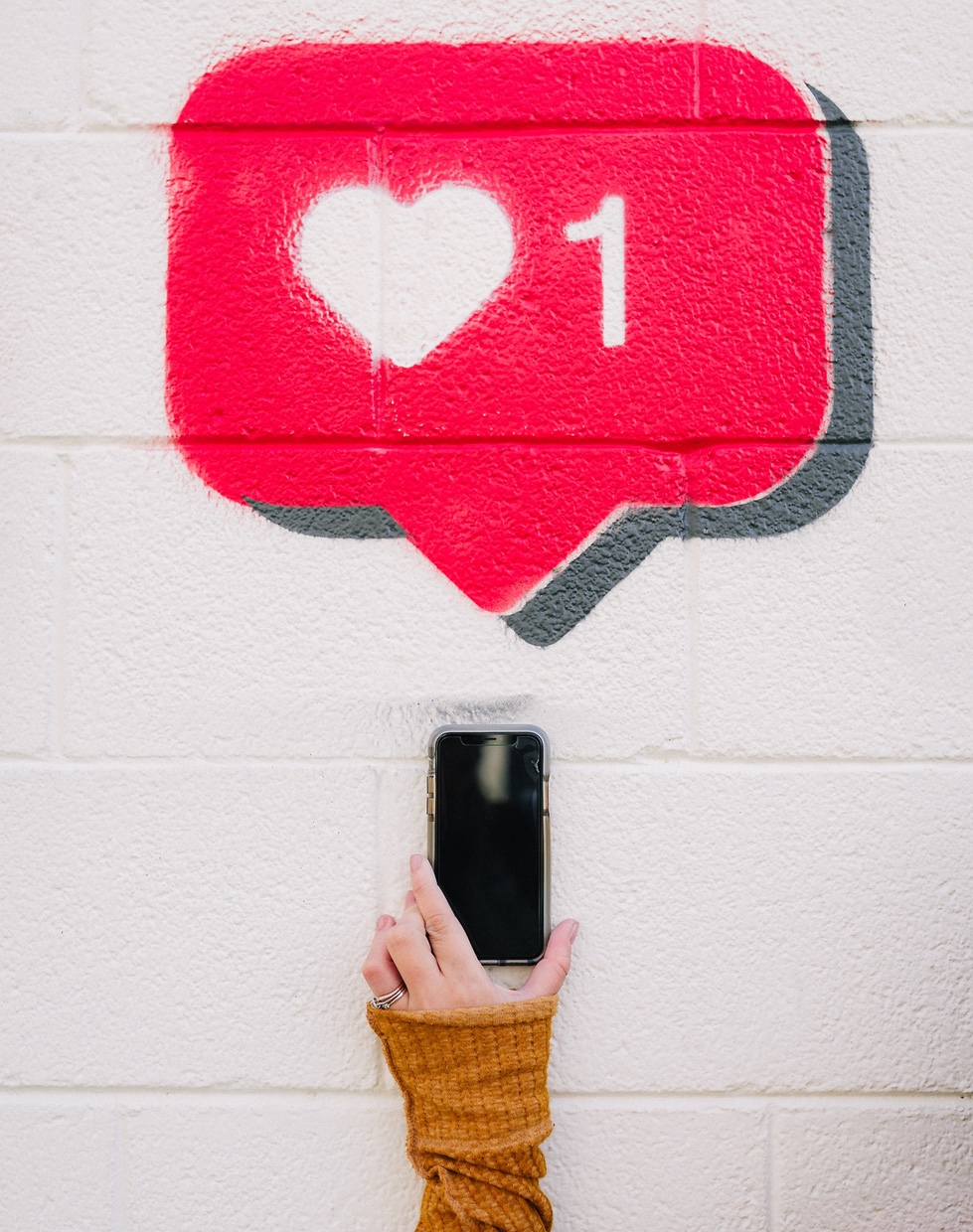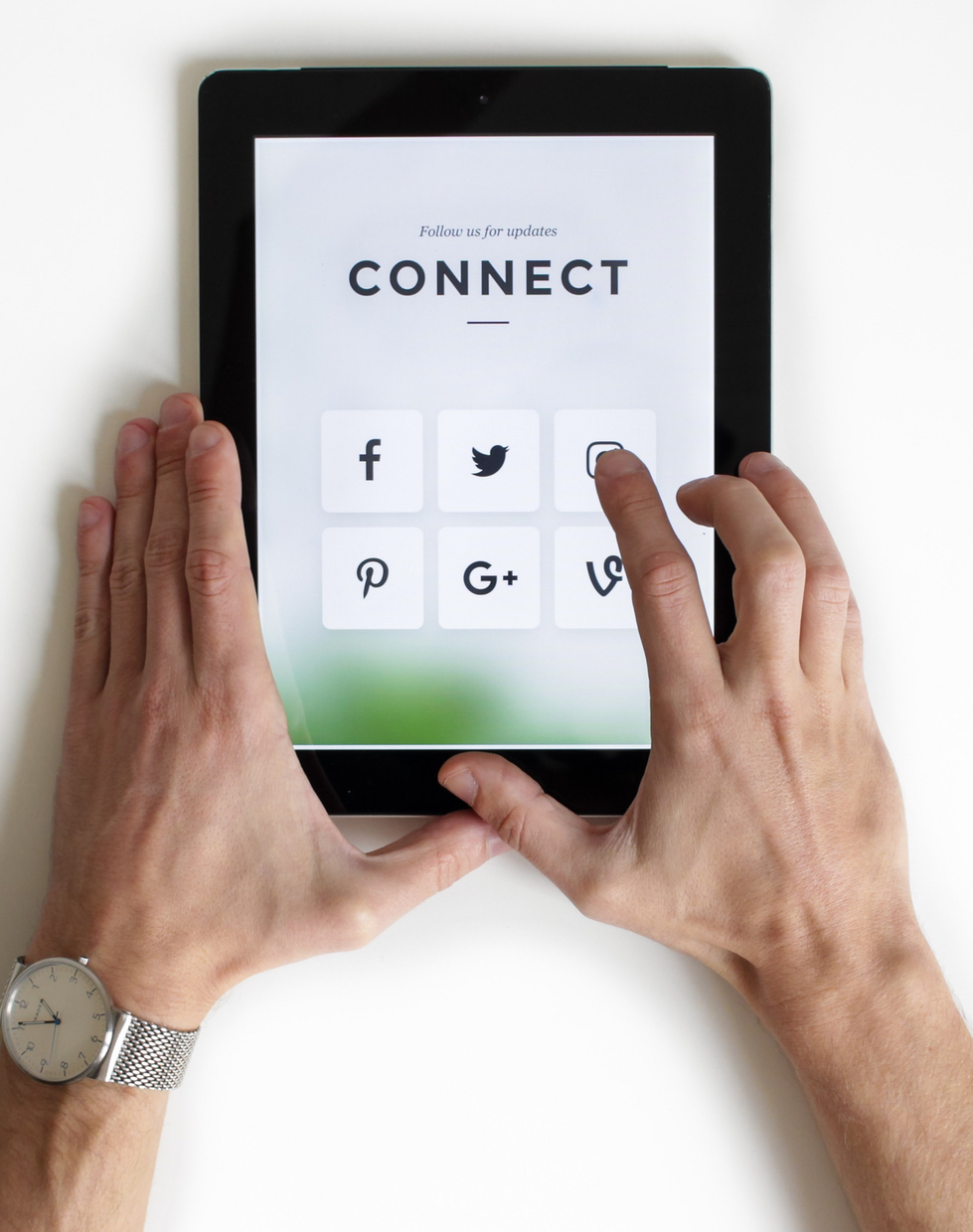ROI: The Big Social Media Problem Small Business Faces—And How to Fix It

A July 2014 survey of close to 550 small- and medium-sized businesses (companies with less than 100 employees) revealed that nearly 75% are using social media as part of their marketing efforts.
They’re spending just over one-fifth of their media budgets on social—more than they’re spending on any other media channel.
Yet for all the time and money that’s being thrown to social, only 26% of the businesses surveyed say that social’s ROI is “extraordinary” or “excellent”.
So what gives? Is this a problem that’s inherent to social media, or to the way small biz manages their social presence—and tracks ROI?
Social tendencies
Brand behavior on social media varies significantly from how the individual uses it. On Facebook, for example, it’s probably pretty rare for people to post and run. Instead, you take the time to check and respond to comments and likes. You comment on or share the posts of others.
Brands are intruding on an interpersonal network of friends, but they tend to act like a friend without actually being one. They think everyone should care about their latest post even though they haven’t joined the conversation.
Doing social media well takes time and effort— and can be especially overwhelming to small businesses.
If the ROI isn’t there, first take a good look at your social practices.
Do you:
- Respond to comments?
- Answer questions?
- Share original content?
- Share relevant content other than your own?
- Update frequently?
- Offer insider tips, special promotions or unique content that’s only available on social?
- Advertise on the platform? (Organic reach on Facebook, for example, is somewhere around 6%)
If you’ve found that your social media practices could use some improvement, it’s okay. Use the above list to guide your actions on social, and read up on strategies and tactics specific to each network.
If the list above mirrors your approach, it might be time to take a step back and adjust your bigger picture approach to social media and how you measure its impact.
Measuring the social sphere
Marketers love measurement, and a great ROI is the golden ticket that justifies not just budgets, but jobs. So for those 74% of small and medium businesses who aren’t seeing a stellar ROI from social, it must be incredibly frustrating.
If you’re doing all the right things and you STILL don’t see a strong ROI, assess your social strategy:
Determine where you should be.
Social media is a game of quality over quantity. It’s better to be on just one social network but have a really solid presence there than to be on three social networks that you don’t pay much attention to.
You also have to choose the right networks. Take a look at the demographics to find out where your audience is hanging out online. That’s where you should build an exciting, engaging place for your brand.
Set goals.
It’s easy to get caught up in numbers that don’t matter. When you set your social goals, keep your overall business goals in mind and focus on the numbers that actually impact the right areas.
The size of your audience is one of those numbers that doesn’t matter much. You can have 10,000 fans or followers who never pay attention to you on social, or 1,000 fans who devour your every post. Those 1,000 people are vastly more significant.
Once you’ve determined your goal for each network, it’s much easier to manage your presence. For every post, tweet and pin, you can ask yourself if the actions you’re taking align with your goal. Will posting a cat meme help your audience see you as trusted advisor? No. So if that’s how you want to be seen, leave the meme posting to your personal account.
Monitor & measure.
A small budget does not necessarily hinder your ability to track and analyze your data. Become besties with Google Analytics. Use tools like Buffer and HootSuite not just to make your social posting easier, but also because they offer analytics. Track as you go, and adjust as needed.
Re-think ROI
The ROI of social is tricky. It’s hard to measure the impact of the relationships you’re creating and the awareness you’re growing. That’s a big reason to be on social, but the indirect effects of that kind of brand building make it hard to quantify.
You should measure clicks and views and shares. That data is helpful. But social is about so much more than that. If you’re constantly exhibiting the social behaviors listed above, and if you’ve defined and are reaching your goals, there’s an ROI there. Even if that ROI is not directly translatable to statistics and dollars, it’s important.
Social should be one of the tools you use to build your brand presence online, as a way for people to find and connect with you. Hopefully, you’re producing great content on your own platform, and you use social to drive people to that. Hopefully, social is just one of the touchpoints you have with your customer, one that informs them and reconfirms that they’ve made a great choice in trusting your brand.
How to you define the ROI of social media—and are you seeing its impact? Join the conversation in the comments below.
Source
MORE ARTICLES
-
 How to Support Your School Story with Organic, Authentic Social Media
How to Support Your School Story with Organic, Authentic Social Media -
 How to Attract Dream Families with Unforgettable Private School Social Media Advertising
How to Attract Dream Families with Unforgettable Private School Social Media Advertising -
 The Case for School Content Marketing
The Case for School Content Marketing -
 Social Proof: What Is It, and How Can School Marketers Use It?
Social Proof: What Is It, and How Can School Marketers Use It? -
 Conversion Copywriting for Schools: An Introduction
Conversion Copywriting for Schools: An Introduction -
 10 Questions to Help Conquer School Marketing FOMO
10 Questions to Help Conquer School Marketing FOMO -
 You Wrote a School Blog Post— Now What?
You Wrote a School Blog Post— Now What? - 2 NEW Ways to Inspire School Blog Content in 2017